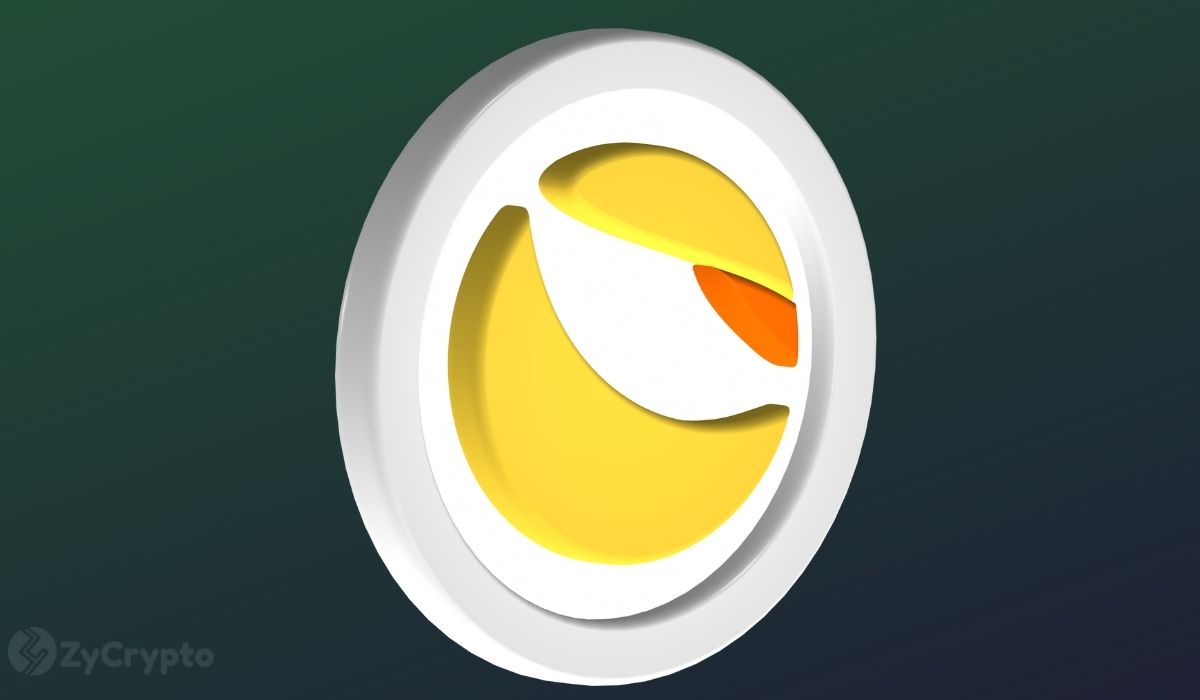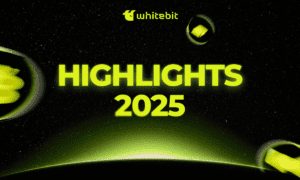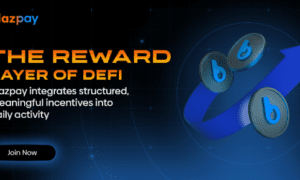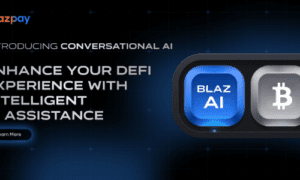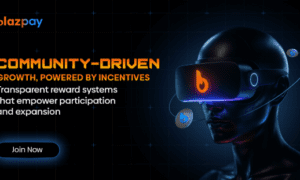Dive into the future of stablecoins with Terra (LUNA), where innovation meets stability. Discover how Terra is revolutionizing finance through disruptive strategies that defy convention and embrace decentralization. From algorithmic stability to cross-chain interoperability, explore the top four ways Terra is reshaping the cryptocurrency landscape. There is much more to learn about crypto and investing strategies, so keep learning! Immediate Storm Ai can help you as it offers connections to premium investment education.
Algorithmic Stability Mechanisms
In the dynamic world of cryptocurrency, stability is a prized attribute, yet achieving it is often challenging. Traditional stablecoins typically rely on centralized reserves or collateral to maintain a fixed value, but Terra (LUNA) has introduced a groundbreaking approach.
Terra utilizes innovative algorithmic stability mechanisms to dynamically adjust the supply of its native stablecoin, TerraUSD (UST), in response to changes in demand. This self-regulating system is designed to counteract fluctuations in market conditions, ensuring that the stablecoin remains pegged to its target price, usually the US dollar.
The algorithmic stability mechanisms of Terra operate based on a simple principle: as demand for TerraUSD increases, the protocol mints more tokens, expanding the money supply. Conversely, if demand decreases, excess TerraUSD is burned, reducing the supply.
This process is automated and governed by smart contracts, eliminating the need for human intervention and centralized control. By utilizing advanced algorithms, Terra achieves price stability without relying on external collateral or reserves, making it more resistant to manipulation and censorship.
- The Price Prediction of Terra(Luna)– Will LUNA Recover The $5 Point?
- Avalanche (AVAX) and Terra (LUNA) have Returned More Than 5000% Gains Since Inception: Can Calyx (CLX) do the same?
One of the key advantages of Terra’s algorithmic stability mechanisms is their ability to adapt to changing market conditions in real-time. Traditional stablecoins often struggle to maintain their peg during periods of high volatility, leading to price deviations and user dissatisfaction.
In contrast, Terra’s algorithmic approach allows it to respond swiftly to fluctuations in demand, ensuring that the stablecoin remains stable and reliable even in turbulent market environments.
Decentralized Governance and Stability Reserve
Centralization has long been a point of contention in the cryptocurrency space, with many projects facing criticism for their reliance on centralized control and authority. Recognizing the importance of decentralization, Terra (LUNA) has adopted a governance model that empowers its community to participate in key decision-making processes.
This decentralized governance approach not only enhances transparency and accountability but also ensures that the stability reserve—a pool of assets held to stabilize the value of Terra’s stablecoin—is governed by the community.
At the heart of Terra’s decentralized governance model is the Terra Governance Token (LUNA), which grants holders voting rights on proposals related to the protocol’s development and operation.
LUNA holders can submit proposals, vote on existing proposals, and delegate their voting power to trusted parties, thereby actively shaping the future of the Terra ecosystem. This democratic process ensures that decisions are made with the best interests of the community in mind, fostering a sense of ownership and inclusivity among stakeholders.
One of the most significant benefits of decentralized governance is its ability to enhance the resilience and adaptability of the Terra protocol. Unlike centralized systems, which are vulnerable to single points of failure and arbitrary decision-making, Terra’s decentralized governance ensures that no single entity has unilateral control over the protocol. This distributed decision-making process reduces the risk of censorship and manipulation, making Terra more robust and resistant to external pressures.
Cross-Chain Interoperability
Blockchain interoperability has emerged as a critical focus area within the cryptocurrency space, as the industry seeks to overcome the limitations of siloed blockchain networks and facilitate seamless communication and asset transfer between different chains.
Terra (LUNA) has positioned itself at the forefront of this movement by pioneering innovative solutions for cross-chain interoperability, enabling assets to move fluidly across disparate blockchain networks.
At the core of Terra’s cross-chain interoperability strategy is its integration with the Cosmos ecosystem, a network of interconnected blockchains designed to facilitate interoperability and scalability.
Terra utilizes the Cosmos Software Development Kit (SDK) and Inter-Blockchain Communication (IBC) protocol to establish communication channels between its native blockchain, Terra Chain, and other Cosmos-compatible chains. This interoperable infrastructure enables assets issued on Terra Chain, such as TerraUSD (UST), to be seamlessly transferred to and from other blockchains within the Cosmos ecosystem.
One of the key advantages of Terra’s cross-chain interoperability is its ability to unlock new opportunities for decentralized finance (DeFi) and asset exchange. By bridging the gap between different blockchain networks, Terra expands the reach and liquidity of its stablecoin, UST, allowing users to access a wide range of financial services and applications across multiple chains.
Whether users are trading tokens on decentralized exchanges (DEXs), providing liquidity to liquidity pools, or participating in yield farming, Terra’s interoperability solutions enable frictionless asset transfer and seamless interaction with DeFi protocols.
Merchant Adoption and Payment Solutions
The widespread adoption of cryptocurrencies hinges on their practical utility in everyday life, particularly in facilitating seamless and efficient payments for goods and services. Terra (LUNA) recognizes this imperative and has made merchant adoption and payment solutions a cornerstone of its strategy.
By partnering with a diverse array of merchants and e-commerce platforms, Terra is making it easier than ever for users to transact with its native stablecoin, TerraUSD (UST), for everyday purchases.
One of the key advantages of using TerraUSD for merchant payments is its stability and reliability. Unlike traditional cryptocurrencies, which are notorious for their price volatility, TerraUSD is designed to maintain a stable value, usually pegged to the US dollar. This stability makes TerraUSD an attractive option for both merchants and consumers, as it eliminates the uncertainty associated with fluctuating cryptocurrency prices.
By embracing TerraUSD for merchant payments, businesses can tap into a global network of users who are eager to transact with a stable and reliable digital currency. Whether purchasing goods online or in-store, consumers can enjoy the convenience and security of TerraUSD payments, knowing that their transactions are fast, affordable, and secure.
Conclusion
Terra (LUNA) isn’t just redefining stablecoins; it’s rewriting the rules of finance. With algorithmic precision and decentralized governance, Terra paves the way for a more inclusive and resilient financial ecosystem. Join the revolution and witness the dawn of a new era in digital finance with Terra.
Disclaimer: This is promotional marketing content. The presented material by no means represents any financial advice or promotion. Be sure to research and acknowledge the possible risks before using the service of any trading platform.

